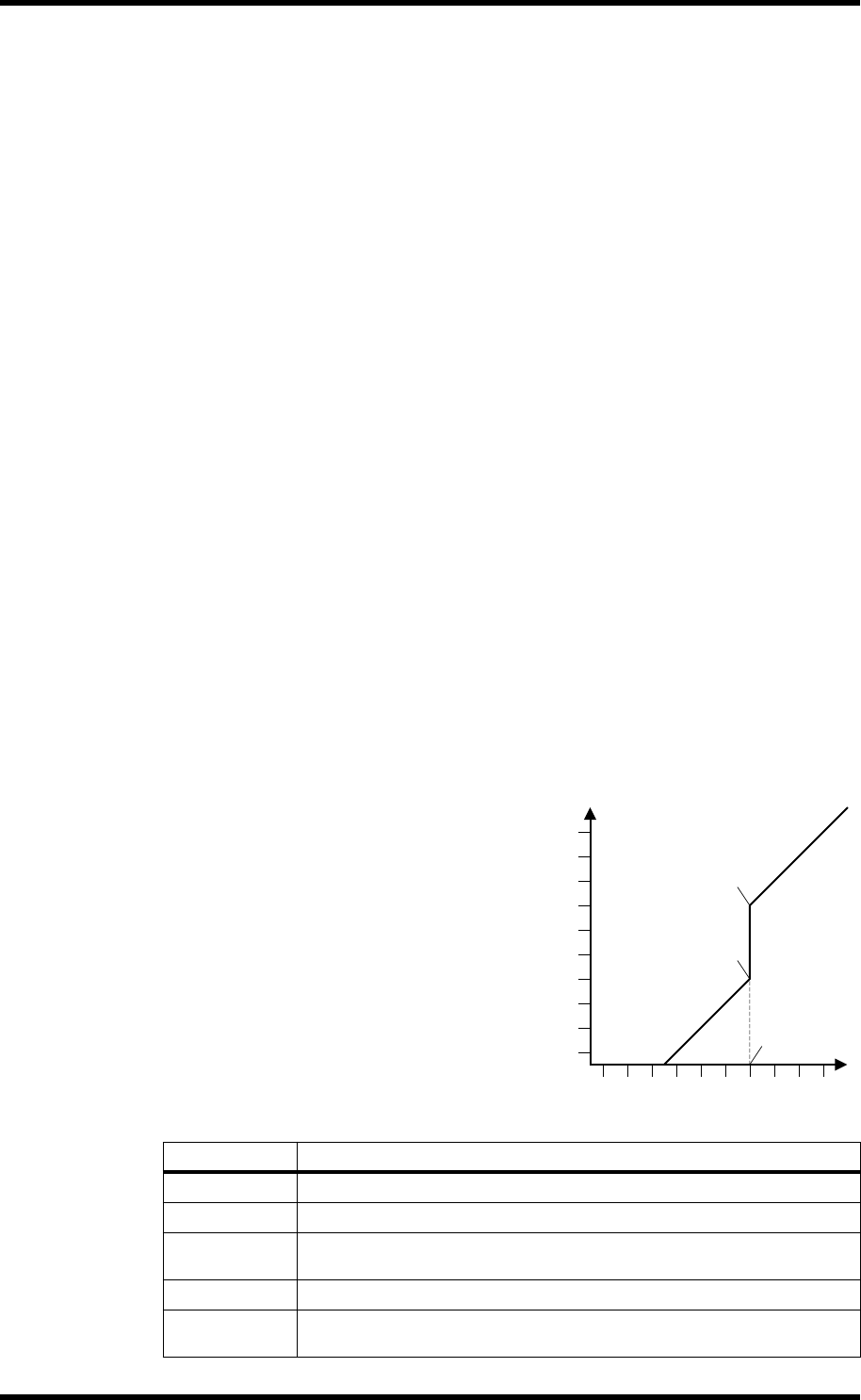
168 Chapter 13—Dynamics Processors
01V—Owner’s Manual
THRESHOLD—This determines the level of input signal required to trigger the com-
pressor. Signals at a level below the threshold pass through the compressor unaffected.
Signals at and above the threshold level are compressed by the amount specified using
the Ratio parameter. The trigger signal is sourced using the KEY IN parameter.
OUT GAIN—This sets the compressor’s output signal level, and can be used to com-
pensate for the overall level change caused by the compression process.
KNEE—This determines how compression is applied at the threshold point. When set
to hard, compression at the specified ratio is applied as soon as the input signal level
exceeds the specified threshold. For knee settings from 1 to 5, however, compression is
applied gradually as the signal exceeds the specified threshold, creating a more natural
sound. This is called soft-knee compression.
ATTACK—This determines how soon the signal is compressed once the compressor
has been triggered. With a fast attack time, the signal is compressed almost immedi-
ately. With a slow attack time, however, the initial transient of a sound passes through
unaffected. Attack times from 1 to 5 milliseconds are a good place to start.
RELEASE—This determines how soon the compressor returns to its normal gain once
the trigger signal level drops below the threshold. If the release time is too short, the
gain will recover too quickly causing level pumping (i.e., noticeable gain fluctuations).
If it is set too long, the compressor may not have time to recover before the next high
level signal appears, and it will be compressed incorrectly. Release times from 0.1 to 0.5
seconds are a good place to start.
RATIO—This determines the amount of compression, that is, the change in output sig-
nal level relative to change in input signal level. For a 2:1 ratio, for example, a 10 dB
change in input level (above the threshold) results in a 5 dB change in output level. For
a 5:1 ratio, a 10 dB change in input level (above the threshold) results in a 2 dB change
in output level.
GATE
A gate, or noise gate is essentially an audio
switch used to mute signals below a set
threshold level. It can be used to cut back-
ground noise picked up by open micro-
phones, noise and hiss from guitar valve
amps and effects pedals, and leakage between
drum microphones. It also has many creative
uses too. For example, gating a drum sound
with a short decay time tightens up the
sound. Also, patching a gate into a droning
bass synth channel and then triggering it
from the kick drum channel allows the bass
synth through only when the kick drum is
struck, adding extra “oomph” on the beat.
Parameter Range
THRESHOLD
–54 dB to 0 dB (55 steps)
RANGE
–70 dB to 0 dB (71 steps)
HOLD
0.02 ms–1.96 s (fs = 48 kHz)
0.02 ms–2.13 s (fs = 44.1 kHz)
ATTACK
0–120 ms (1 ms steps)
DECAY
5 ms–42.3 s (fs = 48 kHz)
6 ms–46 s (fs = 44.1 kHz)
–70
–60
–50
–40
–30
–20
–10
0
+10
+20
–70 –60 –50 –40 –30 –20 –10 0 +10 +20
Input Level (dB)
Output Level (dB)
Threshold = –10dB
Range = –30dB
Range = –70dB


















